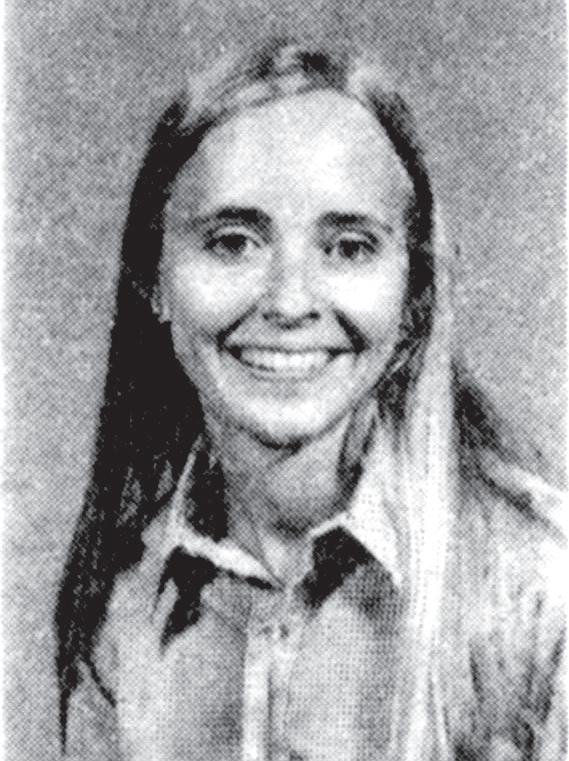
3 minute read
Leading Publications
“Your Legal Rights as a Woman” Authors, 1977: (left to right) Diane Pitts, Tracy Thompson, Diane Smock, and Jackie Blyn; (not pictured) Joan Kuriansky and Susan Buckingham Reilly.

Advertisement
New Editors on North Grounds A Handbook for Virginia Women
In the 1970s, women joined managing boards of Virginia Law’s student organizations and journals as the Law School moved to North Grounds. Phase I (1974) created a new student office complex on the third floor, and Phase II (1979) continued this expansion. These additions did not accommodate the exponential growth of the female law student body and resulted in continued student activism for additional female restrooms. While there were 25 female 1L’s in the class of 1974, the class of 1984 boasted 130 female 1L’s.
As the Law School settled in to its new facility, women quickly filled leadership positions and editorial roles. The Law Weekly and Law Review worked from their third-floor offices, alongside the Barrister, where Grace Belsches ’81 kept the yearbook afloat as the sole staff member for the 1980 edition. In 1981, the Virginia Tax Review joined the third-floor journals and published its first issue; women comprised six of the 18 positions on the Tax Review’s first managing board. From the Virginia Law Women’s third-floor space —and then from a new office in the Phase I basement—members began researching and writing a new educational handbook on Virginia law. In 1977, as women across the U.S. sought equal rights and greater freedom, six members of Virginia Law Women—Joan Kuriansky ’77, Susan Buckingham Reilly ’78, Diane Pitts ’78, Jackie Blyn ’79, Diane Smock ’79, and Tracy Thompson ’79—published “Your Legal Rights as a Woman: A Handbook for Virginians.” Funded by the Virginia Commission on the Status of Women, the text explained legal issues relevant to women.
“Your Legal Rights as a Woman” also included a section on the Equal Rights Amendment, which had been approved by Congress in 1972, though not by the Virginia legislature, and was awaiting ratification at the time. The handbook quickly gained popularity with women at the University and across the state. Two thousand copies were sent to public libraries, state agencies, and women’s organizations. VLW published two subsequent editions in 1979 and 1984 to meet the handbook’s demand and address new topics like Title IX, establishing credit, mental health, and domestic violence.



In 1978, Virginia Dunmire ’79 became the first female editor-in-chief of the Virginia Law Weekly. Dunmire took the helm of the Weekly after previously serving as a staff writer and then production editor. During her tenure, the newspaper won four national awards from the American Bar Association for reporting, design, and editorial cartoons.
A whole lot more needs to be made. HISTORY ” ”
—Dayna Matthew ’87
The following year, Carol Stebbins ’80 became the first woman editor-in-chief of the Virginia Law Review. A Dillard Fellow, Stebbins’ first-year grades earned her a spot on Law Review as a second-year student. After taking over as the journal’s first female editor-in-chief in the spring of 1979, Stebbins said in an interview with the Law Weekly that she was glad this distinction “will now be out of the way” as she “would like to think it was not a factor at all.” Third-year law student Dayna Matthew ’87 became the first Black editor of the Virginia Law Review in 1987, 74 years after the journal’s start. Matthew’s note on Virginia’s Natural Death Act earned her a spot on the Review’s editorial board at a time when students could “grade-on, writeon, or note-on.” Matthew later returned to UVA Law to teach as a member of the faculty.








